
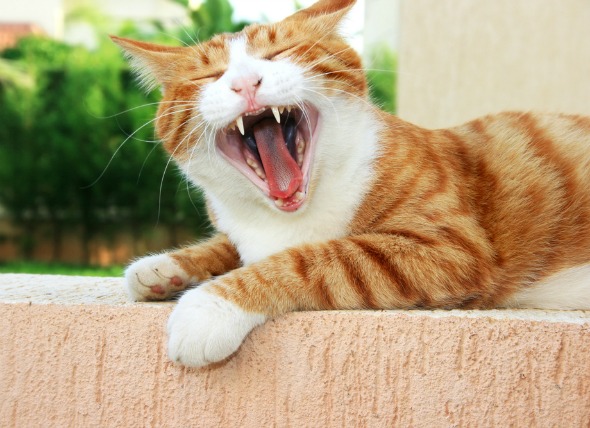
One type of oral disease which affects cats is oral ulceration and chronic ulcerative paradental stomatitis (CUPS). It is a disease of the mouth which causes painful ulcers on the gums and mucosal lining of the mouth cavity. The cause of this condition has been determined to be a hypersensitive immune response to bacteria and plaque on the tooth surfaces, and sometimes signs of CUPS will start subsequent to a dental cleaning, when these materials are loosened in the mouth.
Cats with this condition tend to develop lymphocytic plasmacytic stomatitis (LPS), which is a severe inflammation of the entire mouth. LPS is extremely painful and will interfere with your cat's normal activities. It is indicated by bright red gums (gingiva) and mouth, bleeding gums, and crying out when eating or performing other normal activities with the mouth. While it appears that manipulation and antigenic (substances that stimulate the production of antibodies in the body) stimulation in the oral cavity may trigger stomatitis, it is also believed that such animals would probably have eventually developed the disease anyway. In some cases, the only resolution is to remove all of the teeth, so that the bacteria that is normally found on the surface of the teeth is no longer present in the mouth at all. Somali and Abyssinian breeds appear to be at a higher risk than other cat breeds for developing this disease.
Metabolic
Nutritional
Neoplastic
Immune-mediated
Infectious
Traumatic
Chemical/Toxic
Idiopathic
You will need to give a thorough history of your cat's health, onset of symptoms, and possible incidents that might have precipitated/preceded this condition, such as chewing on cords or other inappropriate objects, recent illnesses, and the usual dental care that is provided. Your veterinarian will exam the oral cavity carefully to determine the extent of the inflammation, or whether any of the teeth are obviously in need of care. Standard tests will include a chemical blood profile, a complete blood count, a urinalysis and an electrolyte panel in order to detect an underlying disease. Diagnostic imaging is also standard in diagnosing dental conditions. One of the possible complications of CUPS is idiopathic osteomyelitis, inflammation of the bone and marrow. X-rays will be taken to determine bone involvement and judge the extent of idiopathic osteomyelitis.
Often chronic antigenic stimulation (from a chronic disease condition) will predispose an animal to development of oral ulceration and stomatitis. (Antigens are substances that stimulate the production of antibodies in the body.)
Underlying diseases will be treated as necessary. Often, cats that have not been able to eat normally for some time will need nutritional therapy to make up for it. A soft diet with fluid therapy and/or a feeding tube will be put in place immediately if your cat is anorexic, and your veterinarian may also recommend vitamin supplements.
Pets with idiopathic osteomyelitis should have the necrotic bone removed. The gingival flap should be closed and broad-spectrum antibiotics will be prescribed to protect the cat from infection.
Antimicrobials can be used to treat primary and secondary bacterial infections, and may be used intermittently between cleanings for therapeutic assistance, but chronic, or long term use could lead to antibiotic resistance. Anti-inflammatory/immunosuppressive drugs can be used to treat the inflammation, and can make your cat more comfortable in the short term, but there are potential long-term side effects of corticosteroid usage, so your doctor will consider this when deciding on which pain therapy to prescribe. Topical therapy, such as chlorhexidine solution or antibacterial gel may also be used directly on the gums and in the mouth, and your veterinarian may also be able to prescribe a topical pain medication that can be placed on the gums and mouth to lessen the pain.
Cats with LPS and CUPS should receive dental prophylaxis (preventive treatment) twice a day, or as often as is possible at home to prevent plaque accumulation. Topical antimicrobials may also be applied to your cat's tooth and gingival surfaces. Patients should have their teeth cleaned when diagnosed and they should be frequently scheduled for veterinary dentals (during which they will receive periodontal therapy and extraction of diseased teeth).
 Neck and Back Pain in Cats
It is often difficult to determine the exact loca
Neck and Back Pain in Cats
It is often difficult to determine the exact loca
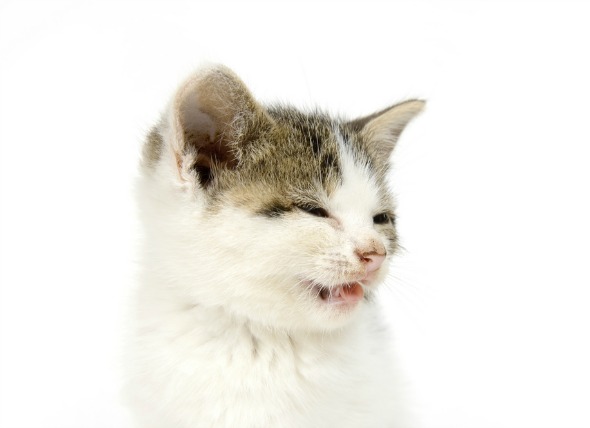 Feline Herpesvirus 1 (FHV-1) Infection - Head Cold in Cats
Feline Rhinotracheitis Virus Infection (Coryza) in Cats
Feline Herpesvirus 1 (FHV-1) Infection - Head Cold in Cats
Feline Rhinotracheitis Virus Infection (Coryza) in Cats
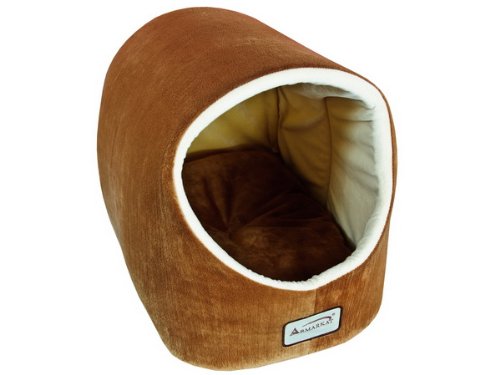 Tabby Cats as Family Pets
Who has not had the experien
Tabby Cats as Family Pets
Who has not had the experien
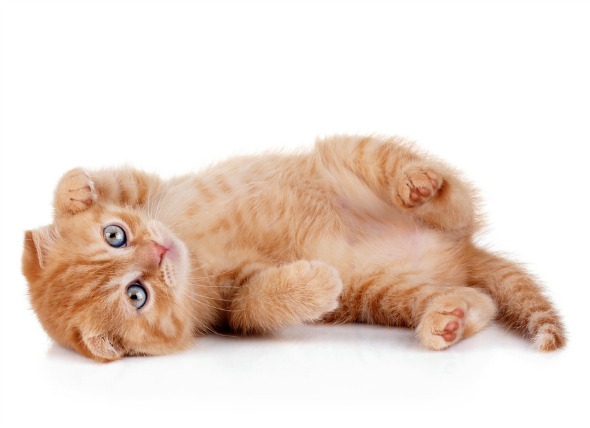 Umbilical Hernia in Cats
Umbilical Cat Hernia
Normal
0
false
Umbilical Hernia in Cats
Umbilical Cat Hernia
Normal
0
false
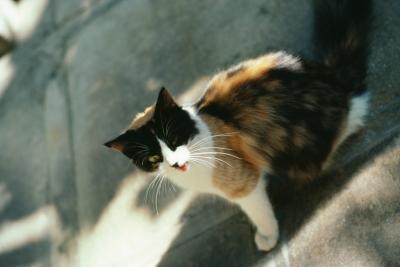 How to Get Rid of Stray Cats and Kittens Under a Porch
How to Get Rid of Stray Cats and Kittens Under
How to Get Rid of Stray Cats and Kittens Under a Porch
How to Get Rid of Stray Cats and Kittens Under
Copyright © 2005-2016 Pet Information All Rights Reserved
Contact us: www162date@outlook.com